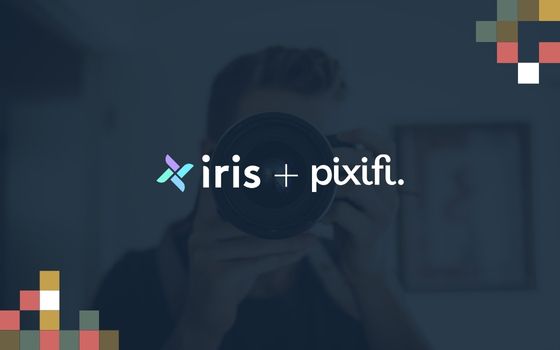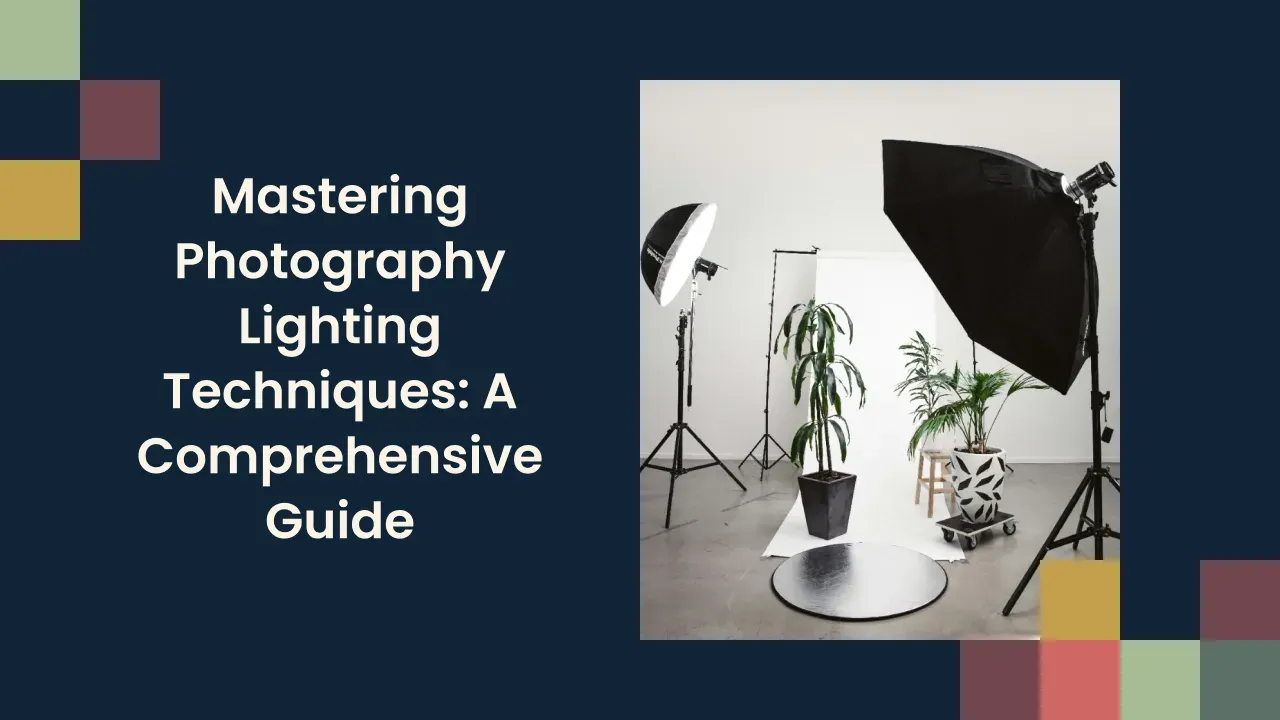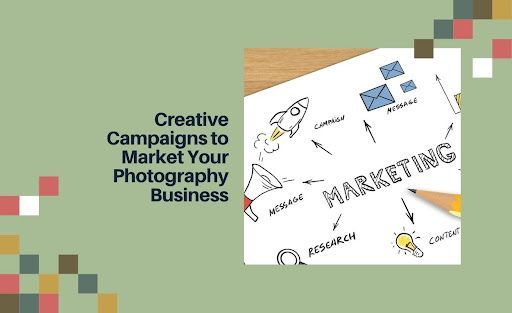Mastering Photography Lighting Techniques: A Comprehensive Guide
Lighting is one of the most crucial elements in photography. It shapes the mood, emphasizes the subject, and can transform an ordinary shot into something extraordinary. Whether you are a beginner or a seasoned photographer, mastering lighting techniques is essential to capturing stunning images. This guide will explore key aspects of photography lighting, covering fundamental concepts, natural and artificial lighting strategies, and the effective use of light modifiers.
Understanding the Fundamentals of Photography Lighting Techniques
The Importance of Light in Photography
Light is the foundation upon which photography is built. It dictates how colors are rendered, how shadows are cast, and how textures are revealed. Without light, there would be no image—it's that simple. However, the quality, direction, and intensity of light can dramatically alter the appearance of your photographs, making it vital to understand how to control and utilize light effectively.
Photographers primarily work with two types of light sources: natural and artificial. Natural light comes from the sun and can vary greatly depending on the time of day, weather, and location. In contrast, artificial light includes studio lights, flash, and LED panels, which offer greater control over the lighting conditions. Each source has its benefits and challenges, and mastering both will expand your creative possibilities.
How Light Direction Affects Photography
The direction from which light hits your subject is crucial in defining the mood and composition of your shot. Front lighting can create a flat, evenly lit image, while side lighting adds depth and texture by casting shadows. Backlighting can produce a dramatic effect, creating silhouettes or emphasizing a subject's contours. Understanding and experimenting with light direction will allow you to craft images that convey your intended message.
Mastering Natural Photography Lighting Techniques
Capturing the Magic of Golden Hour
Golden hour, the period just after sunrise or before sunset, offers photographers soft, warm light that can transform any scene. This light is diffused by the atmosphere, reducing harsh shadows and highlighting the natural colors of your subject. Planning your shoots during golden hour can result in images with a serene, almost magical quality.
Embracing Overcast Conditions
Overcast days, often seen as a hindrance to photography, can actually be advantageous. The clouds act as a giant diffuser, scattering the sunlight and providing a soft, even light that minimizes harsh shadows. This type of lighting is particularly useful for portrait and macro photography, where detail and subtlety are key.
Low-Light and Night Photography Lighting Techniques
Photographing in low-light conditions, such as at night or indoors, requires careful consideration of your lighting setup. Long exposures, light painting, and the strategic use of artificial light sources can help you capture the richness of low-light scenes. Utilizing a tripod to stabilize your camera and experimenting with different light sources can lead to creative and visually compelling images.
Advanced Artificial Photography Lighting Techniques
On-Camera Flash Techniques
On-camera flash can be a versatile tool, but it requires finesse to avoid harsh, unflattering light. Techniques such as bouncing the flash off a ceiling or wall, diffusing the light, or adjusting the flash power can create a more natural look. Experimenting with these methods will help you use on-camera flash to enhance your images rather than overpower them.
Exploring Off-Camera Flash
Moving your flash off-camera opens up a world of creative possibilities. By controlling the direction and distance of the flash, you can sculpt your subject with light, creating dramatic contrasts and depth. Off-camera flash is particularly effective in portrait and fashion photography, where the play of light and shadow can add significant impact.
Utilizing Continuous Lighting in Studio Settings
Continuous lighting, such as LED panels, offers photographers a constant light source, making it easier to adjust settings and see how the light affects the subject in real-time. This type of lighting is ideal for studio work, product photography, and video shoots, where precise control over lighting conditions is crucial.
The Power of Light Modifiers
Using Softboxes for Soft, Even Light
Softboxes are essential tools in a photographer's kit, used to diffuse light and reduce harsh shadows. They create a large, soft light source that is perfect for portrait photography, providing flattering light that wraps gently around the subject.
Benefits of Using Umbrellas
Umbrellas are versatile and easy-to-use light modifiers. They come in two main types: reflective umbrellas, which bounce light, and shoot-through umbrellas, which diffuse it. Each type serves a different purpose, but both are excellent for creating soft, natural-looking light.
Reflectors and Diffusers: Small Tools with Big Impact
Reflectors and diffusers are simple yet powerful tools that can dramatically improve your lighting setup. Reflectors bounce light back onto the subject, filling in shadows, while diffusers soften harsh light, creating a more even exposure. These tools are invaluable for both indoor and outdoor photography.
Integrating Pixifi into Your Photography Workflow
As you master these lighting techniques, managing your photography business efficiently becomes equally important. Pixifi offers a comprehensive solution for photographers, streamlining client management, scheduling, invoicing, and more. By integrating Pixifi into your workflow, you can focus more on your creative process and less on administrative tasks, ultimately enhancing your business's productivity and client satisfaction.
Conclusion
Mastering photography lighting techniques is not just about understanding light; it's about harnessing it to elevate your work. Whether you’re using natural light or artificial sources, the key is to experiment, practice, and continuously refine your approach. With the right techniques and tools, including effective management software like Pixifi, you can take your photography to new heights.
More from Pixifi











